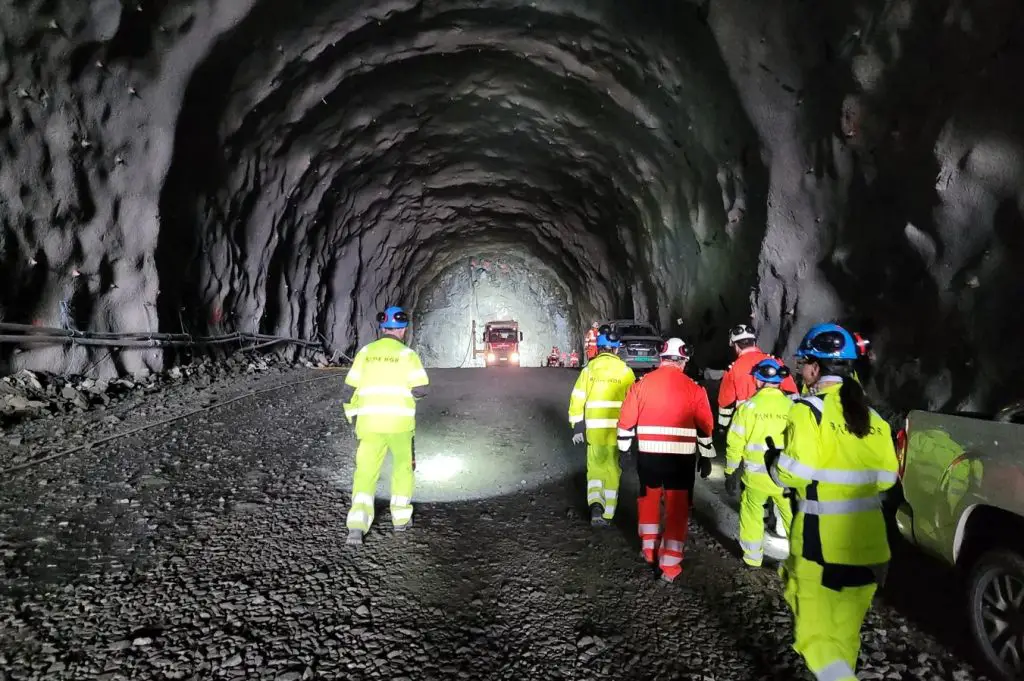The Gateway Tunnel Project, long-discussed and eagerly anticipated, has finally begun its construction phase, promising to enhance the connectivity between New York City and New Jersey. With an investment of over $16 billion, this infrastructure undertaking aims to double the current rail capacity under the Hudson River.
This initiative not only addresses the limitations of the existing century-old structure but also incorporates modern design and engineering advancements. As work commences on both the New York and New Jersey sides, the project promises significant improvements in transit resilience and efficiency.
Historical context
The historical context of the Gateway Tunnel Project provides insight into its significance. Discussions regarding its implementation have spanned decades.
This drawn-out timeline has been due, in part, to its considerable importance and vast scope. Moreover, with the current tunnel structure being over 110 years old, there is an evident and pressing need for upgrades and expansion to serve the modern populace.
Project overview
An overview of the project reveals a systematic and phased approach. The first steps of the project have been set into motion on both the New York and New Jersey sides of the Hudson River.
At the heart of this endeavor is the introduction of two new tracks beneath the riverbed, which, when completed, will double the current rail capacity. This expansion is a strategic move to accommodate the growing transit demands of the two states.
Investment and funding
Investment and funding for the project have been meticulously planned. The ambitious project, with its hefty price tag of more than $16 billion, is on a ten-year completion timeline.
Financial support is not solely from state coffers. The federal government has showcased its commitment by providing a substantial $6.88 billion grant. Additional partnerships and contributions from both New York and New Jersey states, as well as Amtrak, further bolster the project’s financial foundation.
Construction details
Initial construction activities are concentrated between 11th and 12th Avenues at West 30th Street in New York, with developments both above ground and 40 feet below. On the New Jersey side, work commences along Tonnelle Avenue, which will be modified to accommodate the tunnel entrance.
Additionally, utilities in the vicinity will be relocated. This complex yet organized approach ensures minimal disruption while laying the groundwork for the tunnel’s major phases.
READ ALSO: 10 fascinating facts about the new Jerusalem’s Shazar Tunnel
Art and aesthetics
The integration of art into the project adds a unique touch. The construction site in New York is surrounded by a decorative mesh that features artwork by Marisa Jahn. This blend of function and art ensures that the construction does not entirely disrupt the visual appeal of the surroundings and provides locals with something beautiful to admire during the process.
The Gateway Tunnel Project stands as a testament to the region’s commitment to infrastructure development and modernization. As shovels break ground, the future of transit between New York City and New Jersey looks brighter and more efficient.

